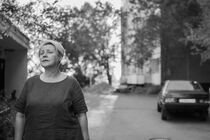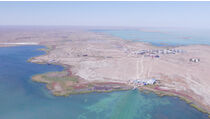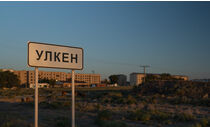Tilek Tokotogaziyev belongs to that nameless generation that was born on the debris of the Soviet Union. This generation’s childhood was marked by the wild and poor nineties. Their adolscence fell on the noughties. Now this generation is starting to play a major part in culture, economics and art, shaping the key trends of the new Central Asia.
Tilek Toktogaziyev is a self-made man, social entrepreneur, CEO of Zhashyl Charba agricultural holding company, creator of the Musical Cucumbers brand and author of the concept of a yurt greenhouse.
Tilek Toktogaziyev is a new-generation Central Asian who not only explores the nomad ancestors’ heritage, but integrates Neo-nomadic ideas into real life and real business. People like Tilek Toktogaziyev will probably make the future of the Central Asian region.
NEW TIMES
My father used to work in computer manufacturing. Mom worked at a food canning factory. As for many other people of their generation, things weren’t easy for my parents during the nineties. The factories they had worked at for many years, went bankrupt and shut down. Times changed…
When I was in grade 11, I met Bakytay and fell in love with her right away. My love to Bakytay became the biggest driver for growth and self-development to me. In Central Asia girls usually get married earlier than men do. So I realized that since Bakytay and I were same age, there was a risk that should I drag my feet, she’d just marry someone else.
I didn’t want to drag my feet. I wanted to become independent and earn money so that I could not only take Bakytay to nice restaurants and cinemas but start my own family and support it. That was the time when the idea of starting a business crossed my mind.
It was 2009 when I set the date of our future wedding in mind — August 17, 2012. No one knew about my intensions and that date, even Bakytay. Why 2012? Everyone would talk about the Mayan calendar back then. Of course I didn’t believe in the End of World, but I just decided to set myself some kind of a deadline. As for August 17, it’s just that 17 is my favorite number, 1 plus 7 is 8, and August is the eighth month.
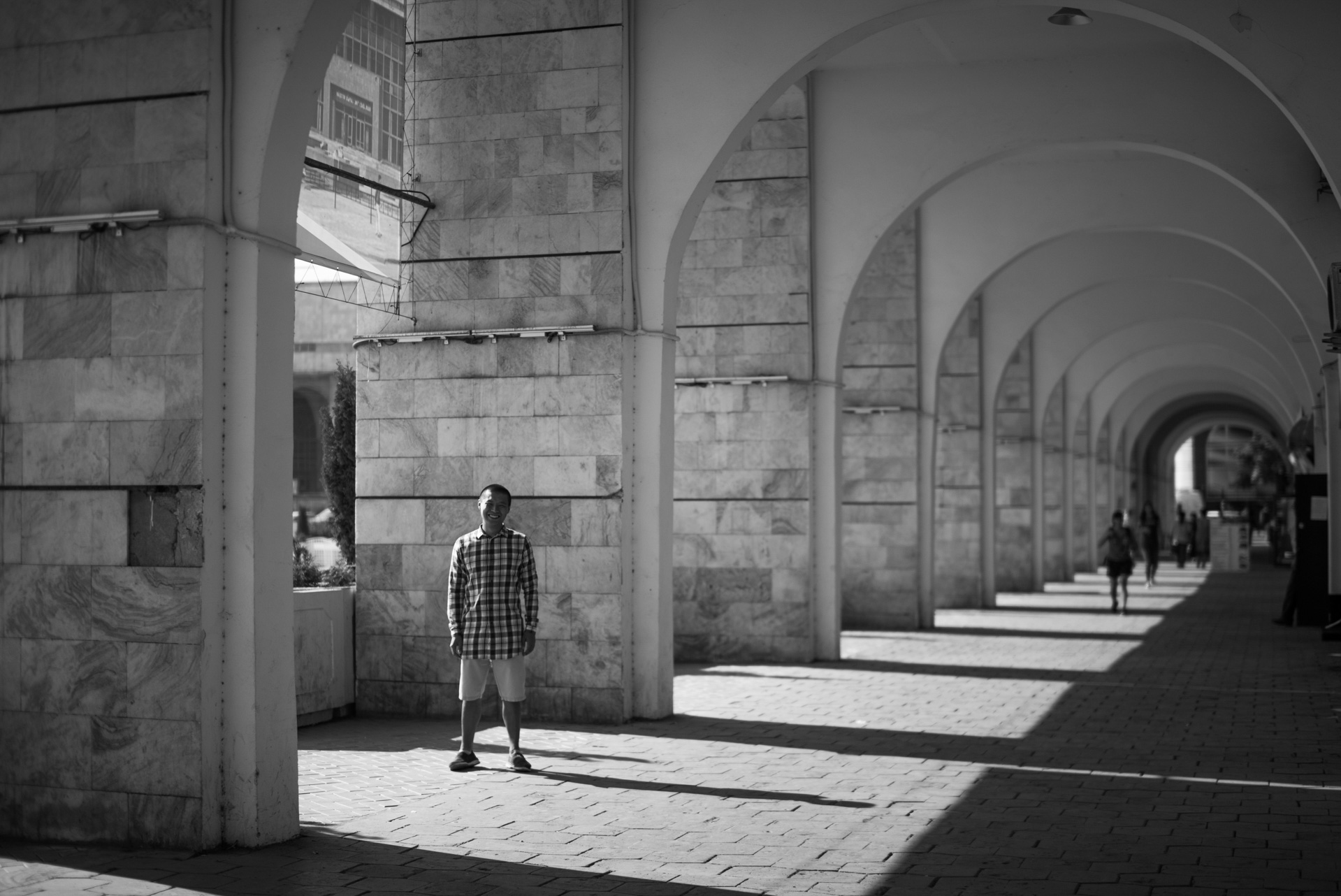
START-UPS
I started doing business when I was a first-year student. Kids like to play shopkeepers, so that was my attempt to play shopkeeper in some way. I started from selling juices. I didn’t have enough money to build a business. So my juice selling point was just some planks I knocked together. I didn’t even have money to cover the walls in my “shop”. So I went to the company I was buying the juices from and asked them to give me a banner, and said that it would be an advertisement for them — in the very center of the city. I assembled the booth, hung the banner and placed my selling point on Erkindik.
I had been selling juices from my hand-made kiosk for about a month. But one night somebody destroyed my kiosk. They pulled the booth down and took away everything that was inside, including money and juices. So my juice “start-up” ended like that…
I realized that before you can demand something from other people, you have to demand basic things from yourself
That incident made me learn the lesson and think about the basics. At first, I would blame the city authorities — “why is there no safe environment for the business?”, “what was the police doing?” and so on. But later I realized and admitted that I was the only one to blame since I’d opened my business illegally and didn’t pay taxes. So karma got me. I realized that before you can demand something from other people, you have to demand basic things from yourself.
COCKTAIL
My interest towards creating a business still remained. One day I was walking along Chuy and passed the Ala Too cinema, thinking: cinema is an entertaining and safe place, everyone loves movies — adults and kids. So my new idea was to start a small business in that cinema. As young entrepreneurs, my classmate and I were eager to sell something unique, something that wasn’t available anywhere in the city yet. And this time definitely not juices. So we decided we’d be selling oxygen cocktails.
We wrote a business plan and set our sales target. We prepared a marketing campaign, came up with an advertising idea, printed out business cards. Then we scraped up money for the special machine to make oxygen cocktails. And the last step was renting a space in the cinema where we’d sell our cocktails. It was the end of 2009; we were 18-19 years old.
We put up poster advertising our cocktails in city buses. It was a three-stage promotion. First, question mark over a black glass — to intrigue the audience. Then, exclamation mark, and finally, a list of the cocktail’s miraculous properties, from improving sight to strengthening immune system. Our ads were in most of Bishkek buses, so we were looking forward to the first day our cocktail point would open.
Here comes the first day — and nothing. No one came… Our minimum sales target for the opening period was 30 cocktails per day, but we ended up selling from 15 to 20 a day. We could hardly cover basic expenses, business was nowhere near profitable.
Before that I used to live modestly, but in order to meet our cocktail point’s expenses, I lived austerely. I tried to walk more — to save on transport. I stopped eating decently — to save on food.
I studied at a prestigious department in university — the School of International Relations. There were many kids of politicians and businessmen studying along with me. They could afford spending a thousand soms on a lunch. But my situation was different, and I would stretch 500 soms for a whole week. At home I would pour some tea into a thermos bottle, boil a few eggs, and that would be my meal for a day. I would hide somewhere during the breaks, quickly peel my egg, eat it and then run to a lecture or to work.
There was a moment when I was about to give up my business experiments and just to work somewhere as a waiter. I felt terrible. I was so close to giving up. But I decided to take another look at the situation and try to view everything from outside: our equipment, advertising, the product and business as whole, our not-so-many customers’ feedback. So I concluded that some changes had to be made, and that was when I decided to switch from oxygen cocktails to milkshakes. I had no money left, so I borrowed 850 soms (approximately 18 US dollars — Å), bought a blender, some ice cream and milk, and started to sell milkshake at our point.
Surprisingly, our milkshakes became really popular. I started to earn over 1000 soms of net profit per day, that’s about 20 dollars. For a student who was used to spending less than 10 dollars a week having a daily profit of 20 dollars felt really cool. During winter holidays our sales rapidly increased. The cashflow started to grow. On one of the public holidays we earned over 700 dollars of net profit. I remember that day very well; I had never held so much money in my hands; my pockets were full of cash.
COFFEE
I realized that our small business was growing, but I also realized it had to be made sustainable. I still led an austere lifestyle; I would still commute by bus and eat boiled eggs. I didn’t spend the money I was earning, and my personal weekly expenses were still limited to 500 soms.
When I was in grade 11 I tried coffee for the first time. I was enjoying coffee with my classmates; that coffee felt like a little holiday, and I said to my friends, “Someday we’ll drink as much coffee as we want to…” I had saved up some money from selling milkshakes and used it to launch the second joint at another cinema. Apart from milkshakes we also sold coffee there. In 2011 I opened a proper coffee house. That year I made my school-time dream come true and drank as much cappuccino and Americano as I wanted to.
Now I don’t want to drink coffee anymore.
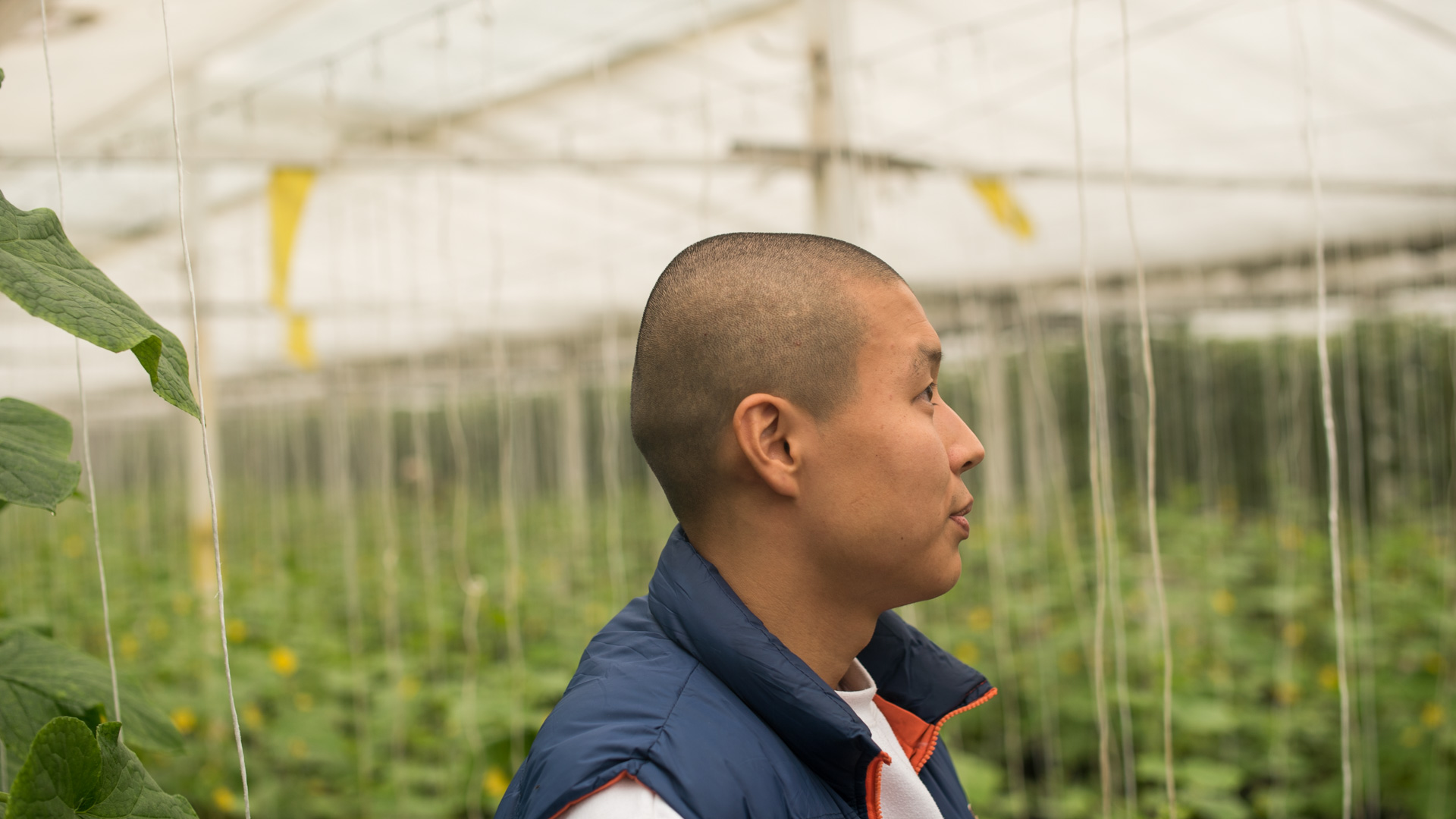
KALYS-ORDO
As a fourth-year student I became the captain of our university’s Enactus team. The goal of our team was to implement business projects that would solve problems in the society. We tried to tackle social issues through business and social entrepreneurship.
Other teams mostly addressed problems in Bishkek. But we wanted to go beyond the city and try to solve the real problems there. We decided to start from residential areas in Bishkek’s suburb. We scrutinized that direction and found out that one of the most problematic residential areas was Kalys-Ordo.
First, we made a sociological analysis in order to identify top problems that Kalys-Ordo residents were facing. The analysis results showed that the main problems were unemployment, low income and lack of primary social institutions. Over five thousand people lived in that area but there was no school, no kinder garden, not a single hospital — social infrastructure was nowhere near there.
A lot of families in Kalys-Ordo have many children which makes women housebound, taking care of the kids and doing the housekeeping. Their husbands cannot find decent jobs as they have no education and can’t speak Russian, without which being employed in Bishkek and its suburb is not easy. At the end of they day the men had to work as loaders or at construction sites and do all other kinds of hard and low-paid work. Hence, hernia, back traumas and other occupational diseases were wide-spread among them.
As a part of our research we also performed the financial analysis of Kalys-Ordo households. Overall, the situation was the following: family monthly income of 12 000 soms, which at that time was equivalent to about 250 dollars. Minimum monthly expenses exceeded that amount by 1000-2000 soms — the income did not cover even the cost of food for the family. In order to make ends meet, every months these families had to sell or pledge something, finding themselves falling deeper into debt.
I still remember the situation in one of the families with two school-age kids and two pre-schoolers. Their mom would stay at home with the little ones, but the family could afford paying for a bus to school only for one kid, so the siblings went to school in turns.
Together with my teammates, we decided to try to help these families.
The analysis showed that each household owned a lot of 400 square meters on the average, but that ground was not used and nothing was grown. We realized that the ground was a resource that could and had to be used.
We figured out that out of 250 dollars of family budget, about 200 were spent on food. For the families to stabilize their financial situation, they had to cut their food expenses by growing their own produce and buying hens so that they could also add eggs to their diet.
We found a specialist who helped with installing the greenhouses. Kalys-Ordo residents didn’t have money to pay for them, so we financed the construction of 5 greenhouses.
In February 2012 we set seeds for the first time which then gave a very good harvest. From harvest proceeds the families bought themselves hens. Eventually, food expenses were cut by around 70-80 dollars, and the families invested the freed money in additional hens and in improving their living conditions. And most importantly, they invested in their children’s education.
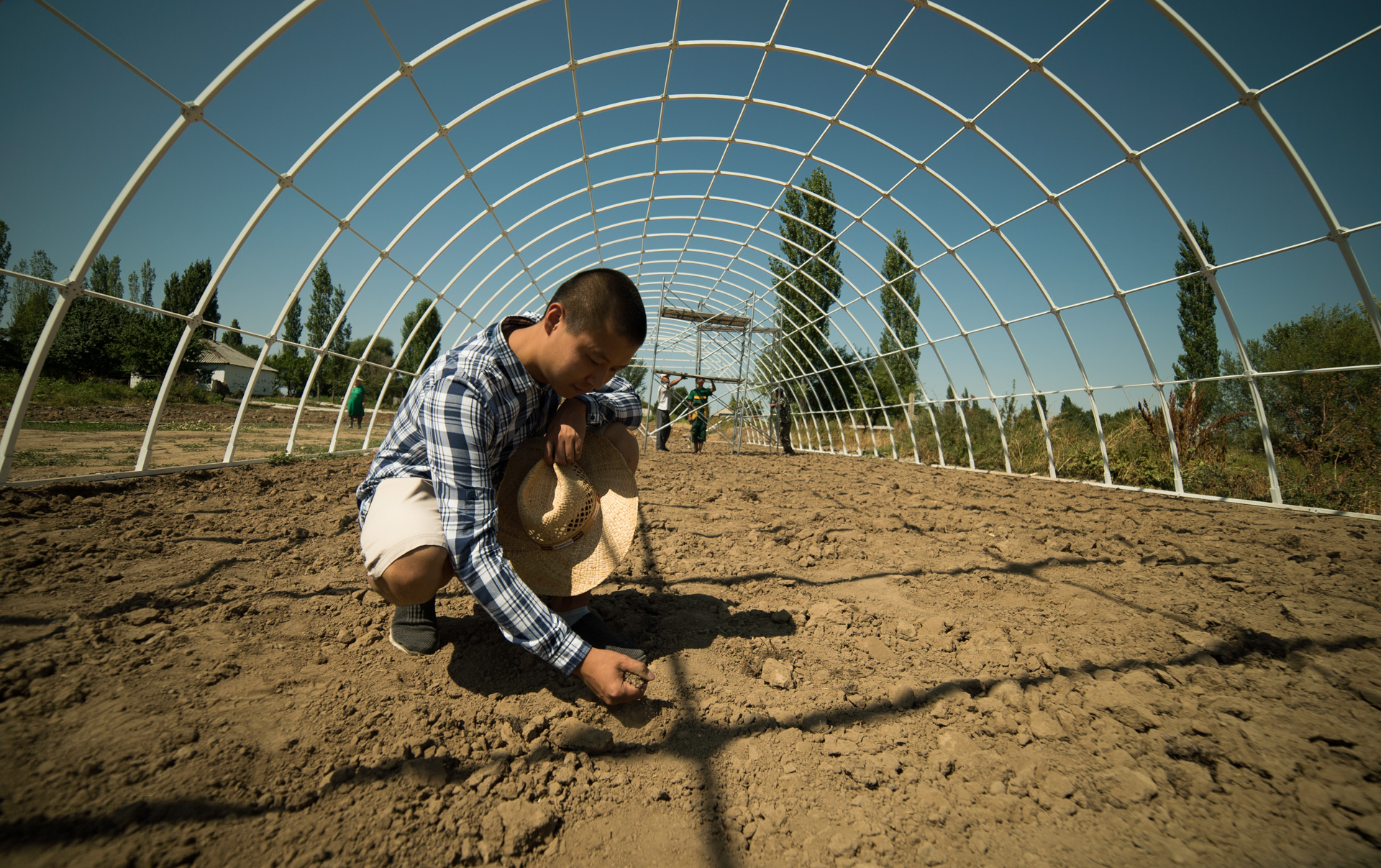
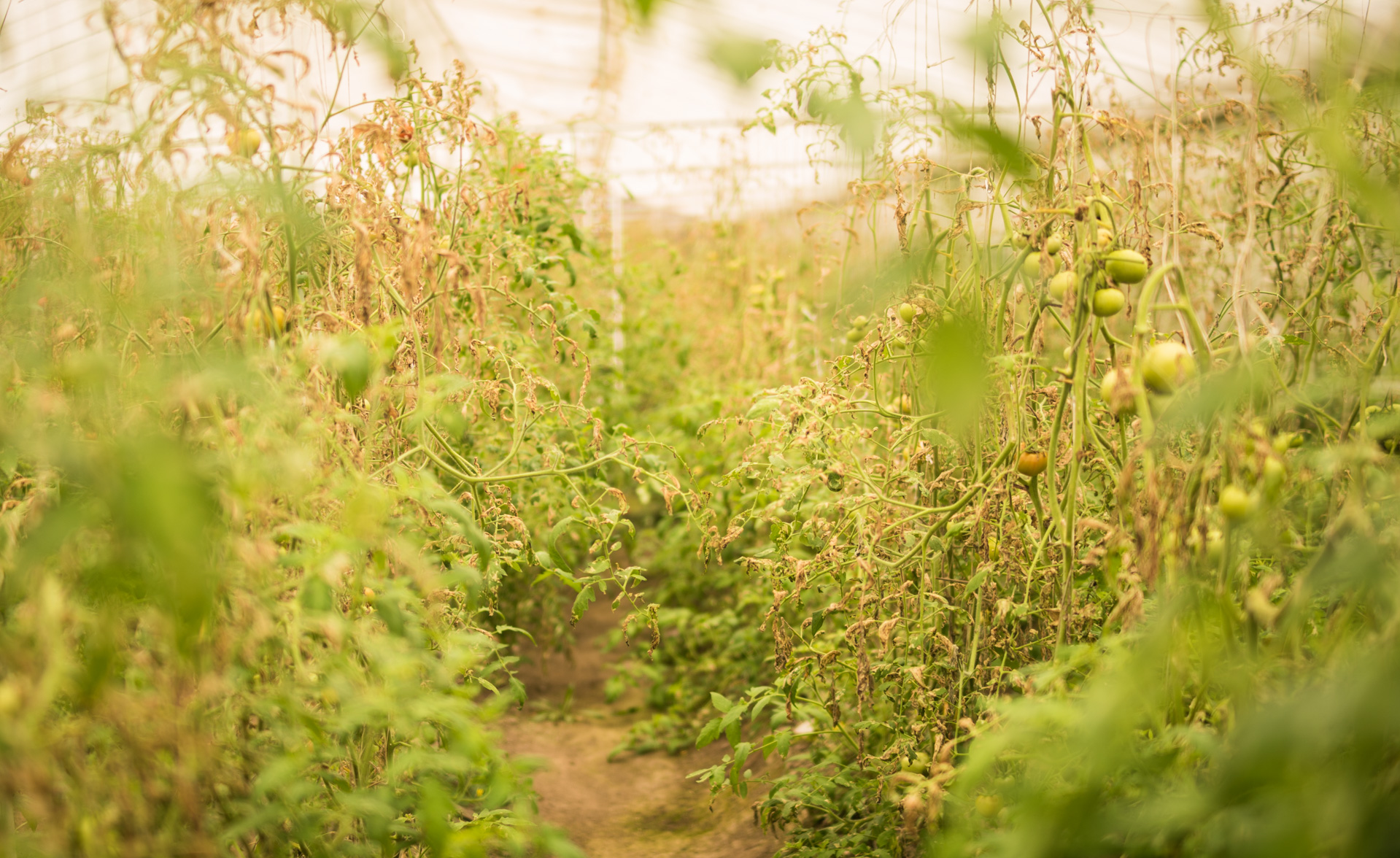
NEW NOMADISM
While working on the social project in Kalys-Ordo I found myself interested in greenhouses. Eventually, greenhouses became a primary direction in my business.
For several years I’ve been building and experimenting with different types of greenhouses — European, Korean, Russian and Chinese ones. During the work with greenhouses I added some of the parts and removed the other ones, tested hybrid versions, always searching for optimal and eco-friendly solutions — in order to create an effective and cheap greenhouse.
Apparently, the solution was right there
The main problems with greenhouses are heat losses and moisture accumulation — especially at the corners and the junctions. I have been thinking about solving these problems for a long time. Apparently, the solution was right there.
Kyrgyzs and Kazakhs used to be nomads not so long ago. Maybe that’s why some of the ideas nomads had come up with appeared to be so timely and made me feel the connection. One of the main inventions of the nomads is a yurt. I think our nomadic ancestors spent a lot of time exploring the nature and the world they lived in to create such a design. Yurt is a brilliant invention of the nomads. Its design is light and beautiful, it’s so comfortable inside yet highly resistant to outside conditions — be it cold, storm winds or snowfalls. At the same time the yurt is portable — it is easily assembled and dismantled.
After numerous experiments I came to the idea and then the implementation of a yurt-design greenhouse. No one ever made anything like that, we created the very first yurt greenhouse in the world.
Yurt has a shape of a round tent, it doesn’t have corners. Therefore, in a felt-covered yurt the heat is evenly distributed and remains inside. The cornerless design prevents moisture and cold from accumulating, so the heat losses are kept to a minimum.
A yurt greenhouse can be used not only in European moderate climate or amidst Kyrgyz mountains, but under Kazakh steppe winds or in heavy snow areas just as well. I am sure that over time our yurt greenhouses will be actively utilized not only in Kyrgyzstan and Kazakhstan but in other regions too, including Russia, Mongolia and other countries with harsh weather conditions.
It is very important that we still stick to the goals we had set at the very beginning of our work in Kalys-Ordo. Apart from the healthy nutrition and general business agenda, the yurt greenhouse model also solves the problems of unemployment and lack of housing. Part of each yurt greenhouse — up to 35 square meters, which is equivalent to a one-bedroom apartment — serves as an accommodation for the farmers.
I like the fact that our greenhouse business is not merely business but also an activity that offers solutions to real problems.
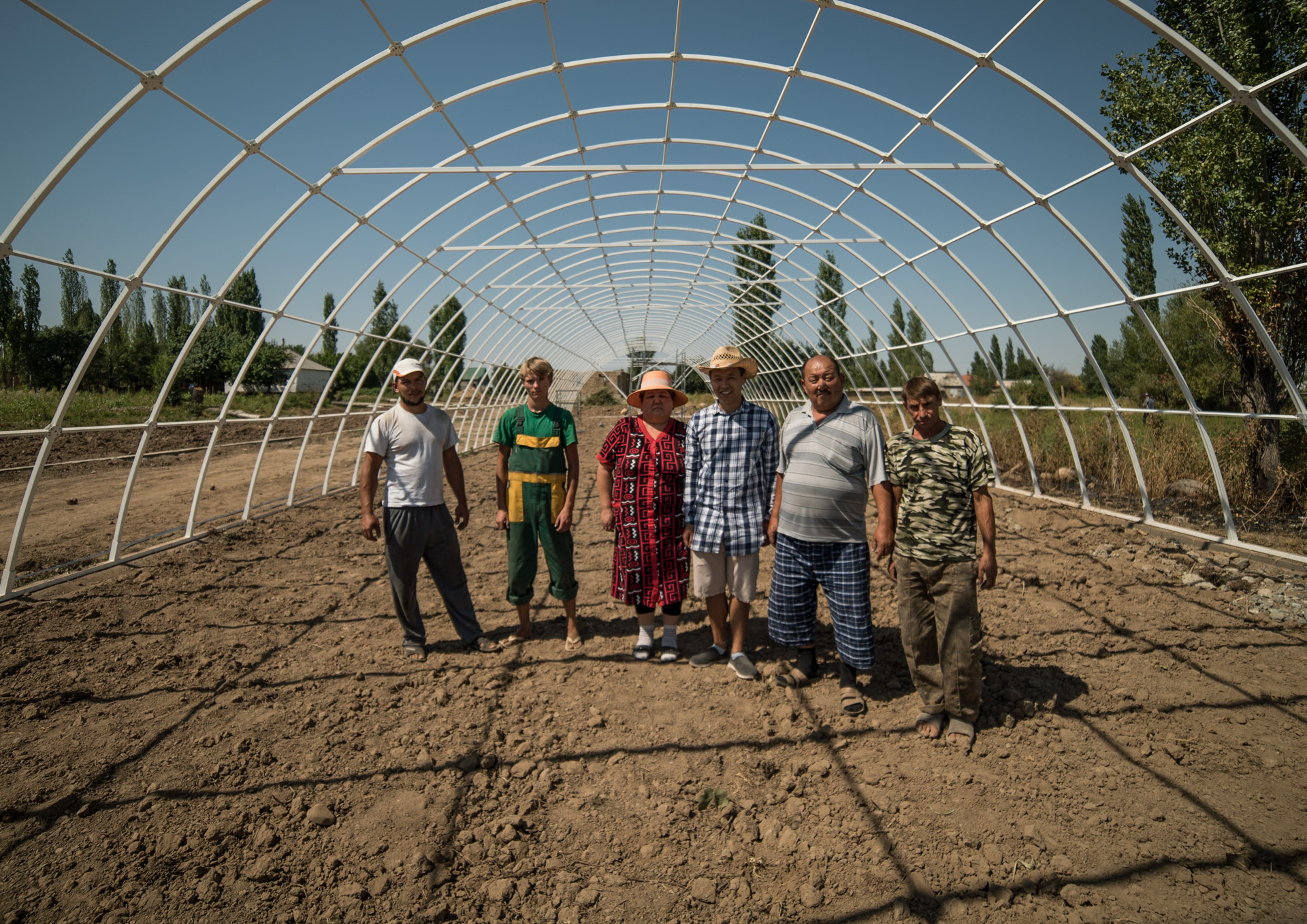
Image: Timur Nusimbekov
It is great to see the number of social entrepreneurs in Kyrgyzstan growing. In Bishkek we started the Social Entrepreneurs Association that unites like-minded people with the right values, and together we work on developing socially-oriented projects.
Contemporary Kyrgyz and Kazakh cultures are such a curious mix; our languages are Turkic, our ancestors were nomads, our religion is Islam, we look like Chinese but can fluently speak Russian, some can speak English as well. Perhaps the mission of our nations is in uniting different cultures and finding their common ground, taking the best the world has to offer, adapting it and sharing it. Nomads always arrived at the moments when other civilizations were going through crisis, gave them another round of development, letting something new appear.
I believe that the nomadic culture will continue to give something valuable and new to the modern world.


CENTRAL ASIA
Central Asia is something so dear to my heart… It is the smell of flat bread, the bazaars, fresh fruit and hot samsa.
I think one of the main issues afflicting Central Asian societies is that of education. Unfortunately many people — especially the young generation — have no access to proper education. Besides, these days there is a high risk for the youth of being dragged in some radical religious movements. Hence, it is crucial that such problems are addressed now.
After my trips to Uzbekistan, Kazakhstan, Tajikistan, I came to thinking: why do we need all these borders at all?
I used to think in the framework of the country. But know I realize that I have to go beyond that framework — at least to the regional scale. After my trips to Uzbekistan, Kazakhstan, Tajikistan, I came to thinking: why do we need all these borders at all? Look at the Europeans: they created the European Union. I think we need our own Central Asian Union, too. All the republics would benefit from such an association.
The moment we view our region as a whole instead of separate segments, synergy will be born. And it’s not just about tourism or economics — it’s much deeper.
I read that by 2050 there would be about 10 billion people on the planet. Global food crisis is getting worse every year. If we don’t want to end up eating worms in 2050, we have to work on consciousness and technology now. In that way we’ll still have fresh vegetable and fruit on our tables in 30 and 40 years time.
And yes, Bakytay and I got married on August 17, 2012 — just as I had planned.


